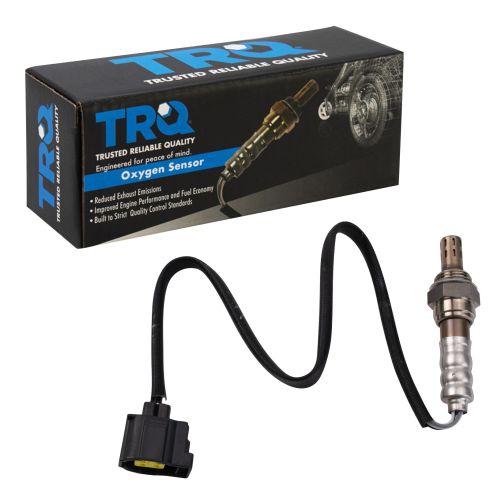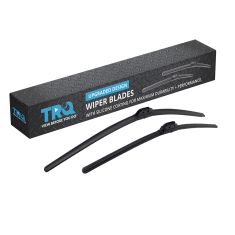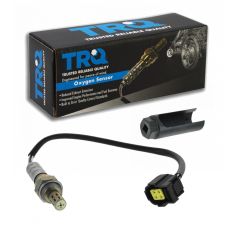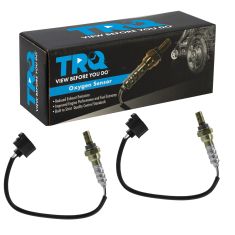1AEOS00040-Dodge Chrysler Mitsubishi O2 Oxygen Sensor TRQ OSA61192

Replaces
2007 Chrysler Aspen V8 4.7L Downstream Left O2 Oxygen Sensor TRQ OSA61192

Recommended for your 2007 Chrysler Aspen
Product Reviews
Loading reviews
Customer Q&A
No questions have been asked about this item.
Chrysler is a registered trademark of FCA US LLC. 1A Auto is not affiliated with or sponsored by Chrysler or FCA US LLC.
See all trademarks.











